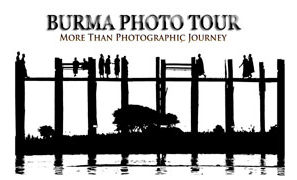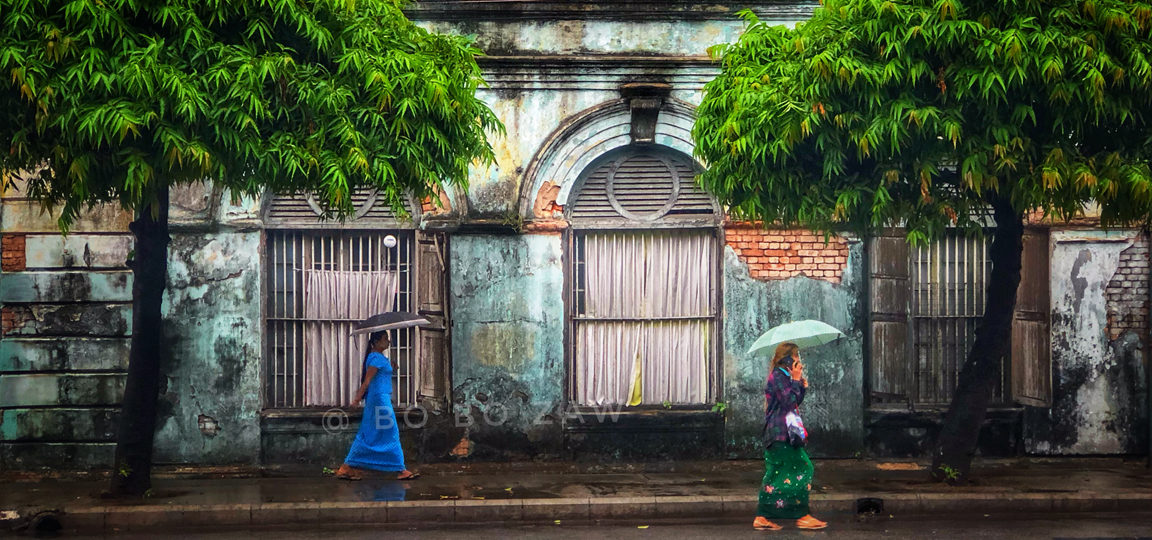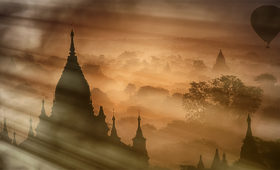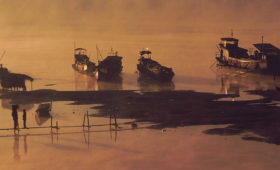Why Monsoon Photography Tour ?
A Myanmar travel photography tour during the monsoon season is an unforgettable experience. The monsoon transforms Myanmar into a photographer’s paradise, offering countless opportunities to capture iconic Burma photos. During this time, the country comes alive with vibrant greenery, cool breezes, and a refreshing atmosphere. The Eastern and Southern Shan States become particularly enchanting, with mist-covered landscapes, lush hills, and dramatic cloud formations. Rivers swell to their fullest, creating stunning waterfalls that make perfect subjects for Myanmar monsoon photography.
Traveling to Burma for a monsoon photography tour is an excellent choice for capturing the country’s natural beauty at its peak. To help you make the most of your journey and capture the best Burma photos, we’ve prepared some essential Myanmar monsoon photography tips below.
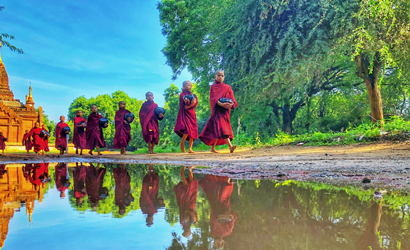
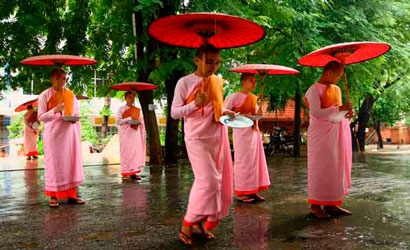
When Monsoon season in Myanmar ?
The monsoon season in Myanmar lasts from July to October, with northern, eastern, and western regions experiencing the first rains as early as June. Rainfall varies across the country, with different regions receiving different amounts of rain at varying times. The arrival of the monsoon brings relief from Myanmar’s dry and hot summer, transforming the landscape into a cooler, greener, and more beautiful environment filled with misty scenery.
Myanmar people enjoy the rain, often embracing it by soaking in the refreshing showers. For photographers, Myanmar’s monsoon season offers a unique opportunity to capture stunning and unusual landscapes rarely seen on ordinary days. While photographing in the rain can be challenging, it’s also highly rewarding, making it a perfect niche for adventurous photographers. With expert tips and guides available, you can make the most of your Myanmar travel photography tour and create breathtaking images during the monsoon season.
Expert Tips for Monsoon Photography ?
01- Should you check weather forecasts for Myanmar Monsoon Photography Tours ?
Depending on what you’re chasing after, like fast-moving rain clouds or thunderstorms, schedule your shoot when and where it’s expected to take place. Radar apps are also of great help to many storm chasers, so you may want to download weather apps like MyRadar Weather Radar.
02- Prepare and bring the Right Gear
When shooting under harsh and extreme weather conditions, you’ll definitely need a few other things aside from the stuff that you regularly have in your camera bag.
A- Protective Gear
The first, most obvious type of gear you’ll need is protective gear for your camera and for yourself. These include the following covers and sleeves that are designed to keep you and your gear safe from rain, dust, and grime:
- Waterproof Camera Bags
- Camera Covers
- Lens Covers/Sleeves
- Microfiber Cleaning Cloths
- Raincoats
B- Shooting Gear
As for your camera gear, it’s highly advisable that you bring the following to ensure that you can capture great shots despite the unfavorable shooting conditions.
- Professional Camera with manual camera settings
- Tripod and weight bag to ensures camera safety and stability even in moderately windy shooting condition.
- Multiple lens to enables you to shoot at varying focal ranges
- ND Filters to blocks out more light, especially when shooting lightning bolts with a slow shutter speed during daytime
- Shutter release to minimizes camera shake, provides convenience in taking slow shutter images and multiple frames (for time lapses, and HDRs), and enables shutter triggering from a distance
- Lighting sensors and trigger -= Automatically triggers the camera shutter whenever it senses a flash of lightning.
- Window mount of M your camera as close to a window as possible to allow you to take clear, sharp images from inside homes and cars
- Extra batteries and memory cards
3- Set the Ideal Camera Settings
The key to finding the right camera settings for every shooting situation .When you understand what these settings are for and how they affect each other (and your image), you can start from scratch and experiment until you eventually figure out the right settings for your DSLR or mirror less camera. At the same time, you can use the following recommended settings and tweak them to fit your specific shooting conditions:
A- Focus
The focal point of storms are usually faraway clouds and lightning bolts, so you can either set your focus to infinity and back a little bit or you can auto focus on distant lights or the moon. Remember, you can have well-exposed images, but having your stormy skies out of focus can make you miss the point of the shot.
B- Aperture
Your camera’s aperture (or lens opening) is another important camera setting that ensures that your scene is in focus. The rule of thumb is to keep it down at around f/7.1 to f/11, so the resulting depth of field will be large enough to keep your background and mid ground sharp.
C- Shutter Speed
The shutter speed also helps keep your main image elements sharp, but there’s no ideal setting for it as it will depend on your aperture and the speed of your storm clouds—unless you’re shooting lightning bolts, in which case you’ll have better chances of capturing those by staying between the 5 to 10 second rule. As the skies get darker, you have the option to switch to bulb mode.
D- ISO Level
As a general rule, you’ll want to keep your ISO at its lowest possible setting (while considering your other settings) to keep image noise or grain from ruining your images. Start at ISO 100 and work your way up from there, especially if you need to use faster shutter speeds to match.
E- Start Shooting
Get to the location ahead of time, set your gear up, take your position, and aim. While you’re at it, let your instincts as an artist take the lead and try taking a variety of shots that will work well for your particular weather and subject.
F- Compose Your Shots
When capturing stunning shots during your Myanmar travel photography tour, you may not always have time for precise framing. Instead of sticking to the same perspective, try experimenting by zooming in, zooming out, or placing the main storm cloud or lightning bolt off-center. Look for angles that give you a clear and unobstructed view of the monsoon storm. These simple adjustments can significantly enhance your composition.
Choosing the right location is crucial for exceptional Myanmar monsoon photography. Myanmar offers breathtaking opportunities to capture the beauty of the monsoon season through your lens. If you’re passionate about improving your monsoon photography in Myanmar, reach out to us for updated tips and information. Explore our specially curated tours, designed by seasoned travel photographers from Burma Photo Tour and highly recommended by TripAdvisor.
